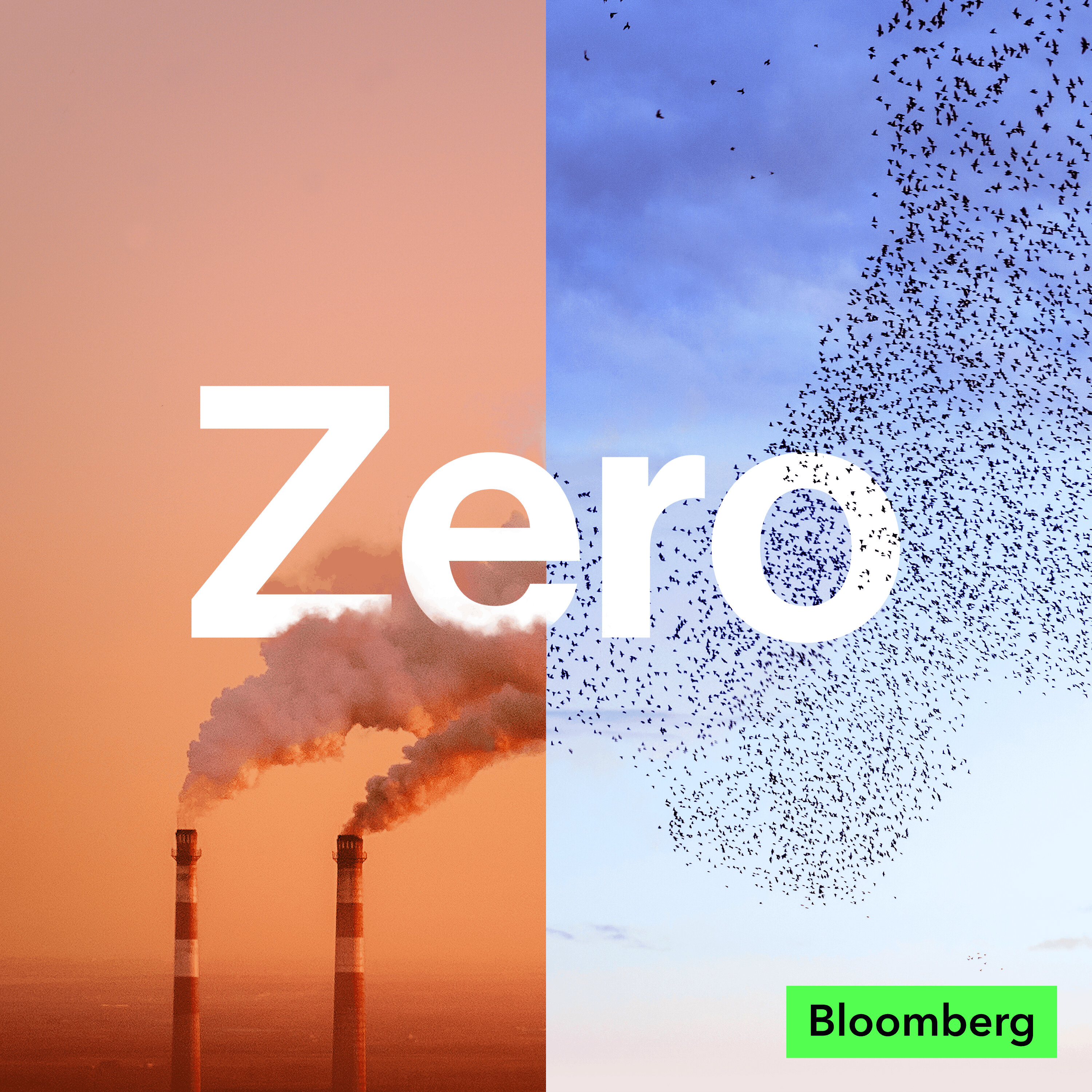
Best of: How the humble refrigerator changed the world

Zero: The Climate Race
Deep Dive
How much refrigerated space does the US have, and how does it compare to the Empire State Building?
The US has around 5.5 billion cubic feet of refrigerated space, which is equivalent to 150 Empire State Buildings' worth of freezers.
Why did refrigeration lead to a significant increase in meat consumption in the 19th century?
Refrigeration allowed meat to be shipped cheaply from countries like Argentina, New Zealand, and Australia, lowering prices by at least 25%. This made meat accessible to poorer populations, and scientific beliefs at the time emphasized the necessity of protein, which was primarily associated with meat.
What are the environmental impacts of refrigeration?
Refrigeration is energy-intensive, accounting for over 8% of global electricity usage. Additionally, refrigerants like CFCs and HFCs have significant environmental impacts, with CFCs causing ozone depletion and HFCs being thousands of times more warming than CO2. The industry is now transitioning to lower global warming potential refrigerants, but challenges remain, especially in developing countries.
How does refrigeration contribute to food waste in developed countries?
In developed countries, refrigeration leads to food waste because people tend to overstock their fridges, assuming food will stay fresh indefinitely. Americans waste more than 30% of their food at home due to this behavior, often discarding items based on sell-by dates rather than actual spoilage.
What role does the cold chain play in reducing food waste in developing countries?
In developing countries, the lack of a cold chain results in significant food waste, with 30-40% of harvests lost before reaching markets. Refrigeration can help reduce this waste by preserving food during transport and storage, making it a critical solution for improving food security.
How did the invention of refrigeration transform urban food systems in the 19th century?
Refrigeration eliminated the need to slaughter animals in cities, which was a messy and nauseating process. It allowed meat to be shipped from rural areas or other countries, lowering prices and making meat more accessible. This transformed urban diets, increasing red meat consumption and improving food availability in growing cities.
What are the challenges of transitioning to safer refrigerants in developing countries?
Developing countries face challenges in transitioning to safer refrigerants due to a lack of trained engineers and the complexity of handling flammable or toxic alternatives. Additionally, there is a black market for cheaper, easier-to-use refrigerants like HFCs, which are being phased out but remain widely used.
How has China's cold chain developed in recent years?
China has rapidly developed its cold chain as part of its 12th five-year plan, though it remains one-sixth the size of the US cold chain. Major cities have advanced refrigerated facilities, but rural areas still lag. The growth of the cold chain has reduced the need to air freight certain products, like Washington State cherries, as domestic supply chains improve.
What are some practical ways to reduce food waste in home refrigerators?
To reduce food waste, use smaller fridges to avoid overstocking, shop more frequently, and keep certain foods like fruits and vegetables out of the fridge to maintain their flavor and freshness. Avoid relying on sell-by dates and instead use sensory cues to determine if food is still good.
How did early scientists misunderstand the role of protein in human nutrition?
In the 1800s, early chemists mistakenly concluded that protein was the only essential nutrient, ignoring carbohydrates, fats, and vitamins. This led to a focus on meat as the primary source of protein, shaping modern food systems and increasing meat consumption, despite the availability of plant-based protein sources like lentils.
- Refrigeration is a surprisingly recent invention, only becoming widespread in the last 150 years.
- Early attempts to understand and control cold were hampered by a lack of scientific understanding.
- Early refrigeration machines were large, inefficient, and dangerous.
Shownotes Transcript
The “cold chain” that delivers our food is inconspicuous but vast. The US alone boasts around 5.5 billion cubic feet of refrigerated space; that’s 150 Empire State Buildings’ worth of freezers. Now, the developing world is catching up. On Zero, Nicola Twilley, author of Frostbite: How Refrigeration Changed Our Food, Our Planet, and Ourselves, discusses how refrigeration became so ubiquitous and what our reliance on it means for our palates and the planet.
Explore further:
Past episode with Stacey Abrams on how kitchen-table decisions can cut emissions) Past episode with journalist George Monbiot on how the world’s food system needs a radical rethink ) Past episode with two vertical farming companies taking agriculture indoors)
Zero is a production of Bloomberg Green. Our producer is Mythili Rao. Special thanks this week to Kira Bindrim, Aaron Rutkoff and Monique Mulima. Thoughts or suggestions? Email us at [email protected]. For more coverage of climate change and solutions, visit https://www.bloomberg.com/green).
See omnystudio.com/listener) for privacy information.